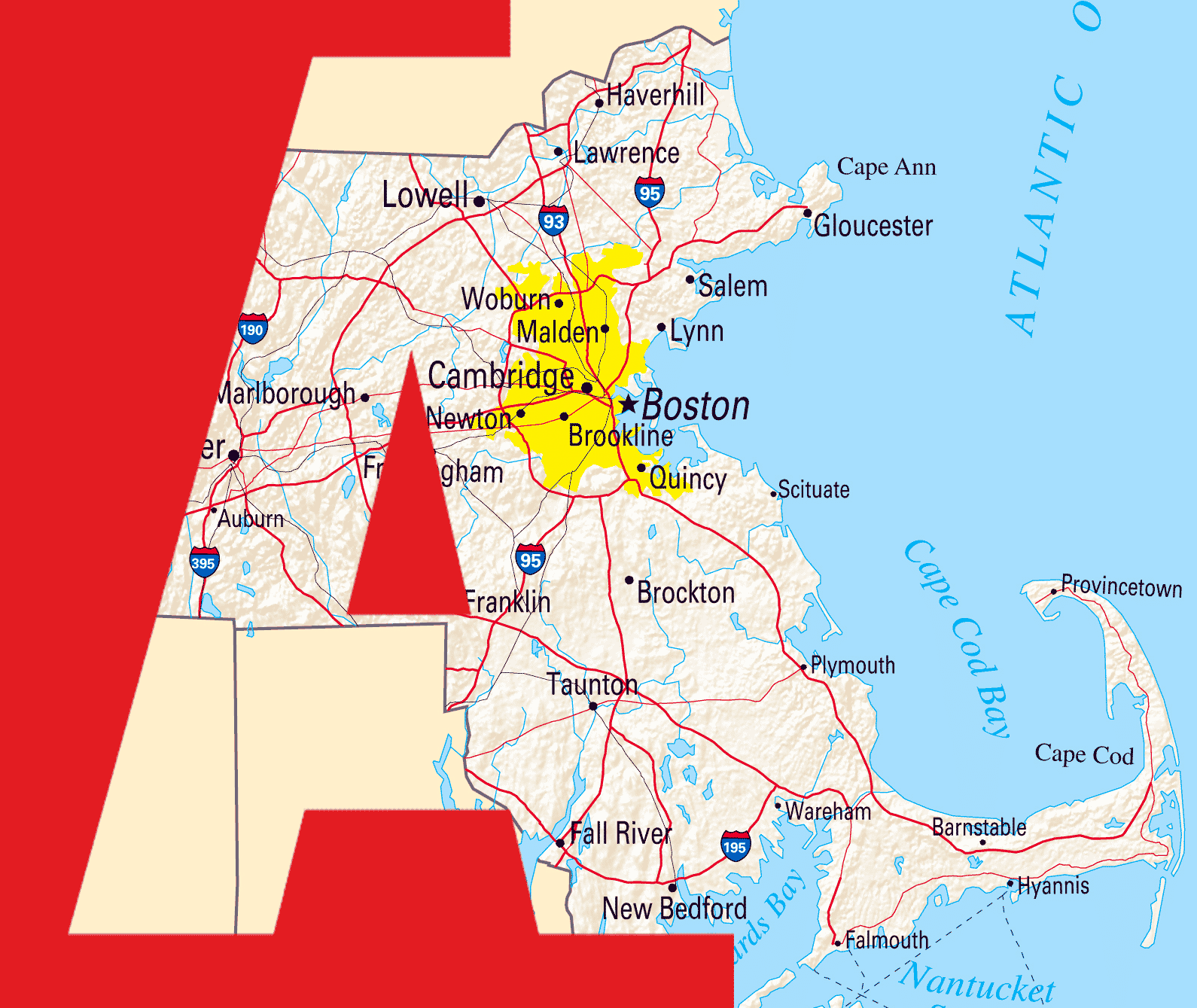All building materials change in volume due to internal or external movement. If you restrain these natural movements, cracking in the bricks can occur which can lead to such problems as water infiltration, efflorescence, unit failure, interior deterioration, or mold generation, and the costly brick repairs that will likely follow. In order to help avoid these damages in the masonry walls, movement joints are incorporated into the design of both clay and masonry buildings.
Clay Masonry
 With clay masonry, vertical and/or horizontal expansion joints may be required depending on the wall dimensions. These joints create a continuous unobstructed opening that run through the entire depth of the brick wall. If installed properly, expansion joints will prevent the anticipated expansion of the wall that results from every day occurrences such as moisture and temperature changes.
With clay masonry, vertical and/or horizontal expansion joints may be required depending on the wall dimensions. These joints create a continuous unobstructed opening that run through the entire depth of the brick wall. If installed properly, expansion joints will prevent the anticipated expansion of the wall that results from every day occurrences such as moisture and temperature changes.
 These joints can also provide relief for the structure from movements due to elastic deformations from loads and creep. These joints need to be properly cared for in order to make sure that mortar or any other non-compressible materials do not protrude into the expansion joint and defeat the purpose.
These joints can also provide relief for the structure from movements due to elastic deformations from loads and creep. These joints need to be properly cared for in order to make sure that mortar or any other non-compressible materials do not protrude into the expansion joint and defeat the purpose.
Concrete Masonry
In concrete masonry, control joints are used to create a weakened plane to restrict the volume changes that can result from shrinkage and creep. Similar to expansion joints, control joints must also provide a through-wall separation. However, these joints are designed to include a shear key to transfer lateral loads across the joint. In order to allow unrestrained movement of adjoining wall segments, joint reinforcement must be terminated at all of the control joints.
As it is important that you know that what issues may be arising with your masonry building, we encourage you to contact us today at 617-445-0274 no obligation inspection.


